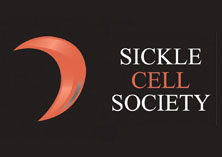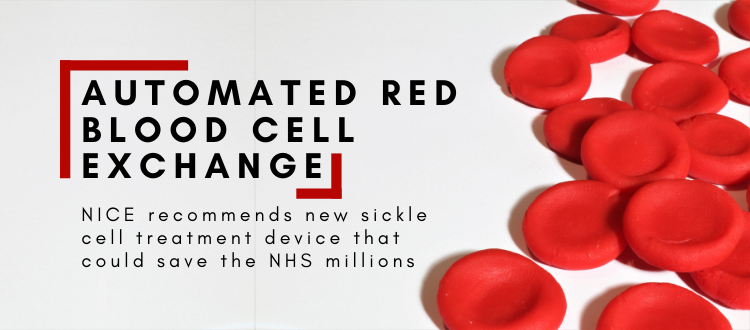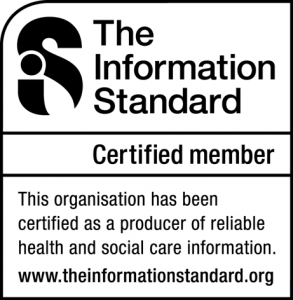Automated Red Blood Cell Exchange: NICE recommends new sickle cell treatment device that could save the NHS millions
Automated Red Blood Cell Exchange: NICE recommends new sickle cell treatment device that could save the NHS millions
In guidance published today, NICE is recommending a new device for managing sickle cell disease which makes treatment easier and quicker for patients, and could save the NHS in England around £13 million each year.
The NICE medical technology guidance supports the use of the Spectra Optia Apheresis System for automated red blood cell exchange in patients with sickle cell disease who need regular transfusion. The device automatically replaces sickle red blood cells with healthy red blood cells in people with the disease. The Spectra Optia is faster to use and patients need the process less often than manual red blood cell exchange.
Sickle cell disease is an inherited genetic disease affecting red blood cells. The cells are a crescent – or sickle – shape instead of the normal round disc shape, affecting the cell’s ability to carry oxygen and move around the body. Symptoms may include intense pain and severe anaemia, and the condition can cause damage to major organs and infections, and life-threatening complications. There are between 12,500 – 15,000 people with sickle cell disease in the UK, with an estimated 240,000 genetic carriers. It is more prevalent among people of African and African-Caribbean descent, but it can affect any ethnic group. There is no routine cure for sickle cell disease but patients can be supported to manage the condition.
Professor Carole Longson MBE, Director of the NICE Centre for Health Technology Evaluation, said:
“Sickle cell can be a painful, debilitating condition, potentially leading to major organ damage. Treatments are very limited, so this new guidance recommends a novel option which is very good news for patients as it makes the red blood cell exchange process faster and less frequent. The device could save the NHS in England an estimated £13 million each year – around £18,000 per patient – with the size of the saving depending on the patient’s condition and the equipment already owned by the NHS.
We also recommend that specialists collaborate to collect and publish data on some outcomes of treatment with Spectra Optia to provide further clinical evidence. It would be particularly helpful to have long-term data on how automated and manual exchange affects the amount of iron in the body and the need to treat this complication.”
Some blood transfusion therapies increase the amount of iron in a person’s body which can lead to serious problems such as liver disease or heart failure. Iron chelation therapy is required to reduce the amount of iron in the body, but this treatment can make some patients feel unwell and is very expensive for the NHS. Treatment with the Spectra Optia is intended to be iron neutral, meaning that patients who are already iron overloaded can have their condition managed effectively.
Kelly Samuels, who has sickle cell disease and is being treated with the Spectra Optia system, and who also contributed to the development of the NICE guidance said:
“Without Spectra Optia treatment my health and quality of life would be radically diminished. My Sickle Cell Disease would dominate my existence with pain, weakness, and ultimately death. This treatment has been a real lifeline – nowadays my life isn’t constantly overshadowed by the grim prospect of spending weeks, and sometimes months in a hospital bed. Thankfully, I have regular access to the treatment, which I only need to have 5 or 6 times a year instead of every month with the old treatment. I now have the strength to enjoy my work, my children, family and friends and study for a postgraduate degree. This NICE guideline can encourage best practice in managing sickle cell throughout the NHS – its value to patients is absolutely immeasurable.”
John James OBE, Chief Executive of the Sickle Cell Society, said:
“The Sickle Cell Society welcomes the NICE guidance on Spectra Optia. The Society has worked hard to improve access to this technology, and participated in the process every step of the way with NICE to help produce the guidance. Many people living with sickle cell would benefit from automated red cell exchange and guidance will enable more and more patients to access this treatment. We anticipate that this guidance will help more hospitals adopt the technology, saving patients from costly and often exhausting travel.”
The NICE medical technology guidance on the Spectra Optia system is available at http://www.nice.org.uk/guidance/mtg28





